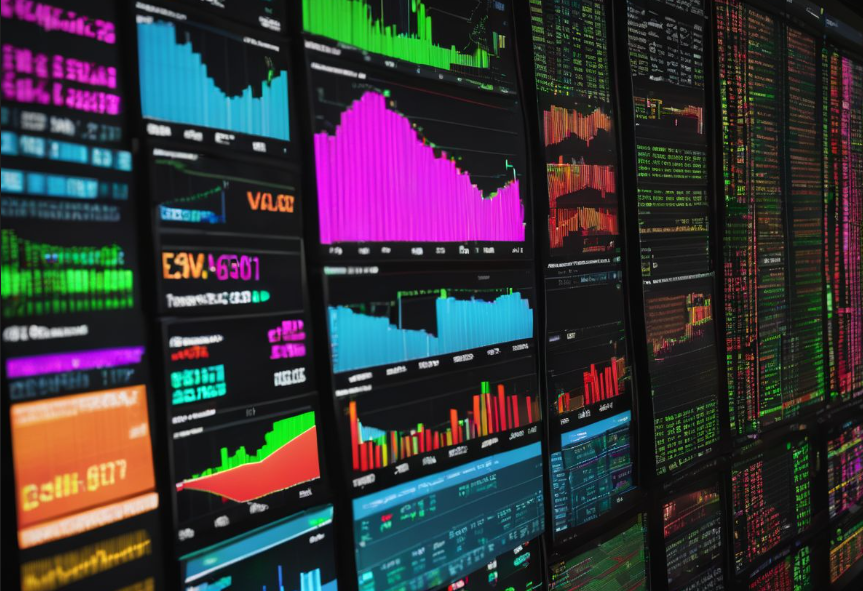In the fast-paced world of financial markets, technology has revolutionised the way trading is conducted. Algorithmic trading, also known as algo trading or automated trading, has emerged as a powerful tool for investors and institutions alike. This article provides a comprehensive overview of algorithmic trading, exploring its definition, key components, benefits, and how it works in the dynamic landscape of modern finance.
Defining Algorithmic Trading
Algorithmic trading refers to the use of computer algorithms and mathematical models to automate trading decisions and execute orders in financial markets. These algorithms are designed to analyse market data, identify trading opportunities, and execute trades at optimal prices and speeds. By leveraging algorithms, traders can execute complex strategies with precision and efficiency, minimising human errors and emotions.
Key Components of Algorithmic Trading
Market Data Analysis: Algorithms process vast amounts of market data, including price movements, trading volumes, and order book information, to identify patterns and trading opportunities.
1. Trading Strategies
Traders develop algorithms based on various strategies, such as trend following, arbitrage, statistical arbitrage, and market making. These strategies dictate how the algorithm will respond to specific market conditions.
2. Risk Management
Algorithms incorporate risk management protocols to control the size of trades, set stop-loss levels, and diversify portfolios. Effective risk management is crucial to protect capital and optimise returns.
3. Order Routing
Algorithms determine the optimal routes and venues for executing trades, considering factors like liquidity, transaction costs, and market impact. Smart order routing ensures trades are executed efficiently.
Benefits of Algorithmic Trading
1. Speed and Efficiency
Algorithms can execute trades in milliseconds, capitalising on fleeting market opportunities and ensuring timely responses to changing market conditions.
2. Precision and Accuracy
Algorithms execute trades with precision, eliminating human errors and emotional biases that can impact trading decisions.
3. Diversification
Algorithmic trading allows for diversification across multiple assets, markets, and strategies, reducing overall portfolio risk.
4. Cost Efficiency
Automated trading reduces the costs associated with human intervention, such as salaries and trading errors, leading to significant cost savings.5. Backtesting and
Optimization
Traders can backtest algorithms using historical data to evaluate their performance and optimise them for better results in real-time trading.
How Algorithmic Trading Works
Data Collection: Algorithms collect real-time market data from various sources, including price feeds, order books, and news feeds, to analyse and identify trading opportunities.
1. Analysis and Strategy Implementation
Algorithms analyse the collected data using predefined mathematical models and trading strategies. Based on the analysis, they generate buy or sell signals.
2. Order Generation
Once a trading signal is generated, algorithms create and send orders to the market, specifying the asset, quantity, price, and timing of the trade.
3. Order Execution
Algorithms execute orders in the market, often using high-frequency trading (HFT) techniques to capitalise on price discrepancies and liquidity imbalances.
4. Monitoring and Adjustments
Algorithms continuously monitor executed trades and market conditions. Traders may adjust algorithms or implement new strategies based on real-time performance and changing market dynamics.
Conclusion
Algorithmic trading has transformed the financial landscape, offering sophisticated tools to traders and investors. By leveraging advanced technology and mathematical models, algorithmic trading provides speed, accuracy, and efficiency in executing trades. While it offers numerous benefits, it is essential for market participants to understand the complexities and risks associated with automated trading. As technology continues to advance, algorithmic trading is expected to play an even more significant role in shaping the future of financial markets.

